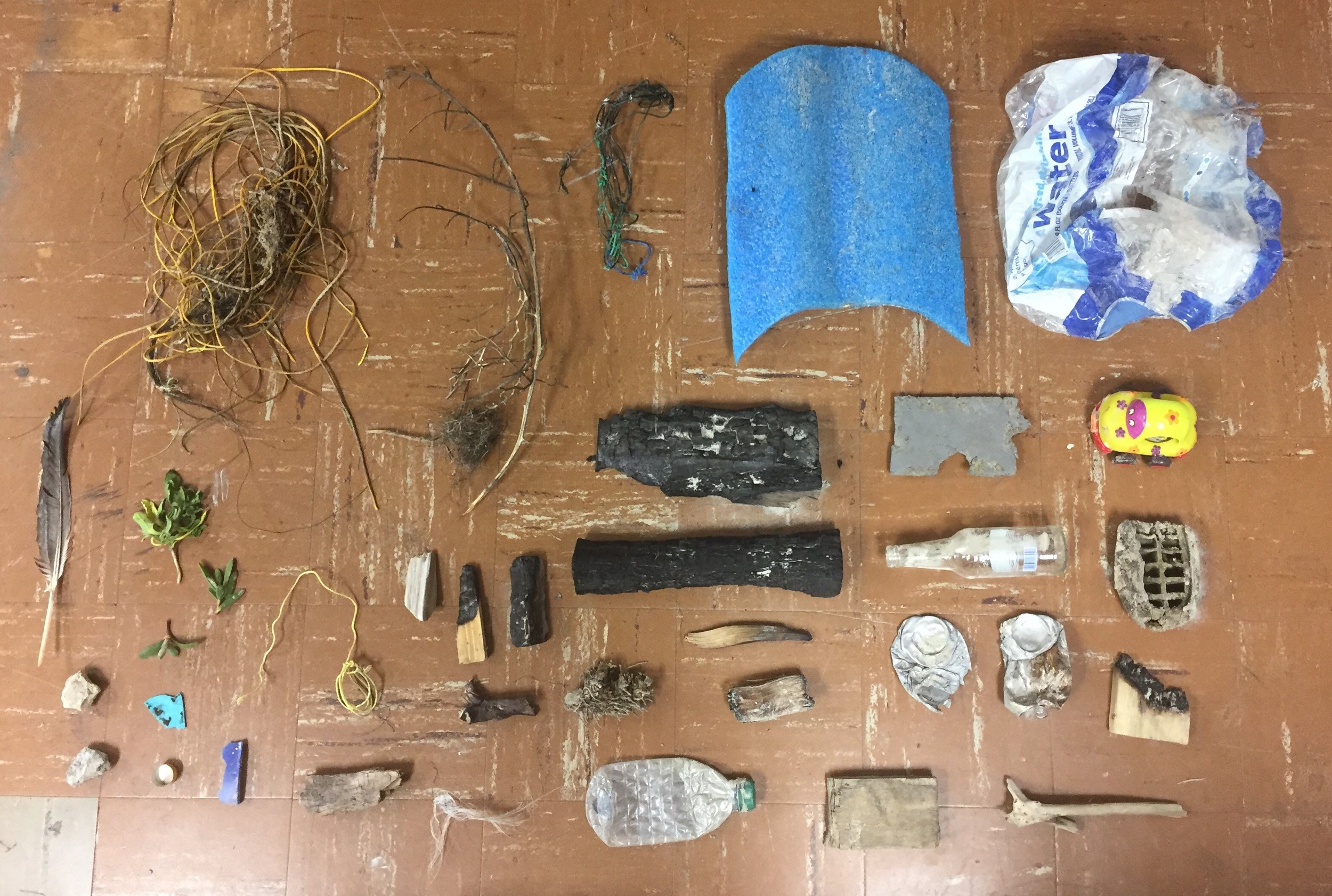Tue Greenport does not consider himself and Eco artist. However is more interested in putting humanity in the forefront of their relationship with the environment. His work evolves around ecology, its history, the environment, social relations, and human subjectivity. Greenport does this by interweaving the subjects of public and private realms, nature, and culture.
During his situational installation, Still Life: Art, Ecology and the Politics of Change, Greenport created a situation where the gallery (in the United Arab Emirates) raised the temperature of their air conditioning up by 2 degrees Celsius. The exhibition space only had what was needed in it. A machine that marks the changes in temperature and humidity in the space and the table it sits on. Along the air vents there are pieces of material showing when the air changes in the room. On the walls, there is information demonstrating the importance of 2 degrees.
So why 2 degrees Celsius? According to studies on climate change, there only needs to be a two degree difference on Earth to cause catastrophic change in the world's environment. There was a struggle to convince the museum to allow the temperature change by two degrees. There was an argument with the museum curators, due to the concern of the antiquities and art works in the permanent collections not being able to withstand the temperature difference. However the sheikh whom owns the majority of the collections, said to continue with the exhibition.
The real purpose of this exhibtion was to show what can be done with resources if we were to continue to conserve energy like this. The money that was saved from raising the temperature was used to buy a piece of land in the rain forests of Ecuador. Thus protects the land from any future development, deforestation, or pollution.








